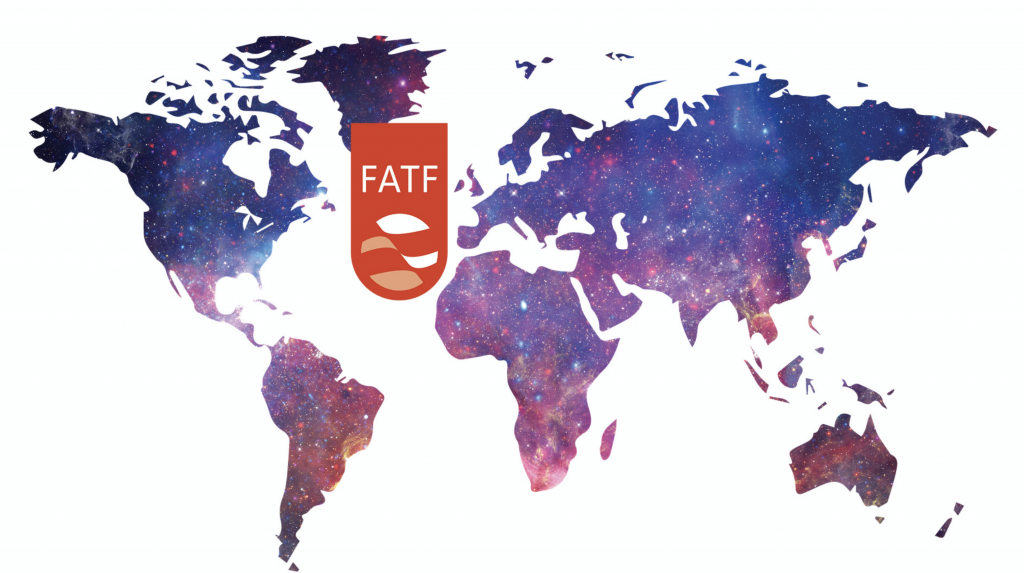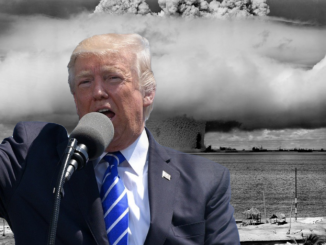
A plenary session of FATF was recently conducted from 21st Oct 2020 to 23rd Oct 2020. This session was very important for Pakistan for two reasons: Pakistan has been on the ‘grey list’ for the last two years, and the Indian government has constantly been trying to put Pakistan on the ‘black list’. This article discusses the consequences of this session for Pakistan. The question that arises here is that, is it good for Pakistan to stay in the grey list? Was India successful in implementing its plans against Pakistan?
First of all, it is very important to have a short introduction to FATF. The Financial Action Task Force is an intergovernmental institution. It was founded by G7 countries in 1989 and its headquarters are in Paris. The purpose of this organization was to deal with money laundering, which is the process by which black money is changed into white money in illegal ways. After the harsh incident of 9/11, terrorism financing was also included in the mandate of FATF. There are a total of 39 members of FATF out of which two members are organizations and 37 members are countries.
The definition of terrorism is relative to every country, therefore, FATF provides certain recommendations to every member country. If a country is considering these recommendations, it means that that specific country is working against terrorism. For this purpose, FATF has categorically introduced three lists, i.e. black list, grey list, and white list. The countries on the black or grey list are the countries that did not take adequate action on the recommendations of the FATF. Blacklisted members are also called Non-Cooperative Countries or Territories. These countries are sanctioned by several other countries, their international aid is terminated, and they cannot take loans from international organizations.
Pakistan has been on the grey list of FATF since June 2018. Almost 18 countries are on the grey list, including Pakistan. A shocking fact is that among these countries, Pakistan is the only country with a strong economy, military, and geostrategic importance. So, we can assume that putting Pakistan on the grey list was a political move by the world economies. The reason is that, at that time, relations between the USA and Pakistan were not very good. USA has a great influence on FATF, and it used its influence to pressurize Pakistan.
The Asia Pacific Group (APG) is also an intergovernmental organization like FATF. APG considers the basic 40 recommendations of FATF as an international standard for judging the performance of different countries. India became a member of APG in May 2019, which means that now India will also evaluate the performance of Pakistan. The relations between Pakistan and India are rocky, so considering that its evaluation will be biased, Pakistan protested this decision. On 14 Oct, 2020, APG presented its review report to FATF. This report claimed that out of 40 recommendations of FATF, Pakistan only acted upon 2. Hence, it is clear that it was a biased review, moreover, Pakistan claimed that this review report contains the claims that were made before February 2020.
In the session of Feb 2020, Pakistan implemented 5 recommendations out of 27, so FATF decided to keep Pakistan in the grey list. Pakistan required 3 out of 37 votes to be whitelisted but America forced Saudi Arabia to vote against Pakistan and China didn’t support Pakistan. Turkey was the only country in the session who supported Pakistan.
Generally, FATF evaluates the performance on the basis of two areas, i.e. Technical Compliance and Effectiveness. Technical Compliance includes the preparation of legal framework, establishment of anti-terror and anti-money laundering institutions, and the making of laws on terror financing.In effectiveness evaluation, the implementation of laws is analyzed.
What happened in the session?
FATF gave 27 recommendations-based action plans to Pakistan in Feb 2020 and gave four more months to implement them, but due to Covid-19, the subsequent session was delayed till October 2020.
According to the conclusion of the FATF, Pakistan has worked on 21 recommendations out of 27. Pakistan implemented these recommendations during the pandemic which was a great effort by the government. Due to the seriousness of the current government, Pakistan’s impression improved, and the notion that FATF could or should blacklist Pakistan, ended. Now, Pakistan has been given an extension until February 2021 after which FATF will decide whether Pakistan will remain in the grey list or be promoted to the white list. In the next review, FATF will check the effectiveness of the steps taken by Pakistan. The Parliament of Pakistan played an important in implementing these 21 recommendations and amended nearly 15 laws. It is hard to predict whether or not Pakistan will be in white list, but it is a reality that staying in grey list for a long time will affect the economy, stock exchange, foreign direct investment, and most importantly, Pakistan’s image. Consequently, it should be the first priority for the government of Pakistan. India has tried hard to put Pakistan on the black list, like Iran and North Korea, but as Pakistan acted upon most of the recommendations, and due to the geostrategic importance of Pakistan, it was not favourable for global powers to put Pakistan on the black list.




Be the first to comment